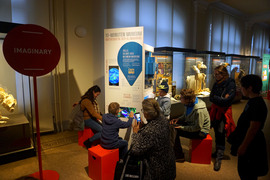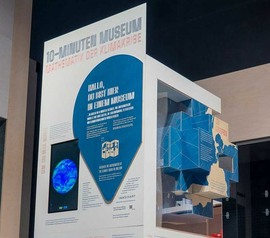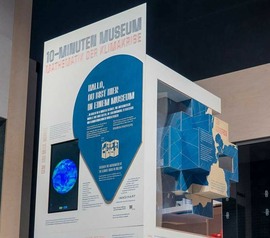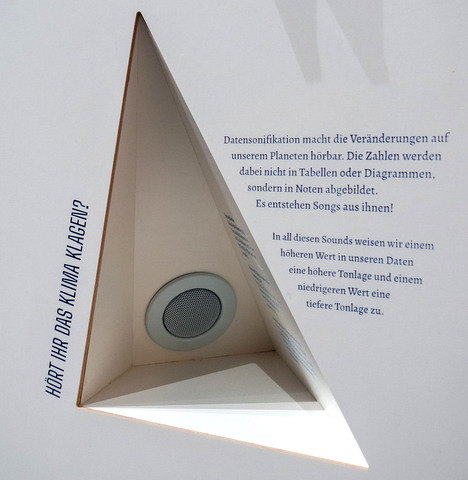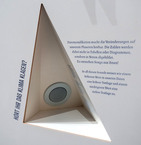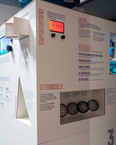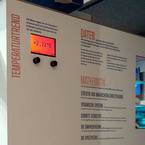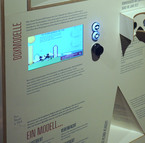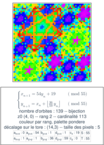We present our 10 Minute Museum with focus on climate crisis science.
Data Sonification
프로그램
Licenses
Other
크레딧
참여자
Do you hear the climate crying? Data sonification makes changes happening on our planet audible. The numbers are not represented in tables or diagrams but in notes. Songs are created from them!
We are using 3 tracks (see credits below) that use sonification of climate change data.
The Deafening Rise of Carbon Pollution (1:32)
The pitch of each note represents the monthly concentration of CO2 from 1958 to 2017. The higher the pitch, the higher the concentration.
Sonification Of Arctic Sea Ice (1:29)
An index of total ice cover in the Arctic Ocean from 1979 to 2016. Each note represents one month of data. The lower the pitch, the smaller the ice sheet. You hear the growth each winter and the melt each summer.
The Sound of Earth’s Fever (1:03)
A sonic interpretation of the global mean surface temperature index, higher notes mean higher temperatures. In 1977 there is a pause to draw attention to the warming that has occurred since then.
All files are provided in their original version and remastered versions for use in the 10-Minute Museum. We created a final mixdown for the exhibition with all tracks and voiceovers (in German), available here.
—- Full Credits —-
All songs by Judy Wedt.
Track 1 features overlaid natural sound recordings of waves, ships, and bowhead whales recorded by Kate Stafford.
Tracks 2 and 3 were co-created with Dargan Frierson.
Voice-over for the mixdown with all tracks by Laura Fregonese.
— Notes —
The tracks are binaural audio, and they don’t sound the same when played with a straight downsample to mono (e. g. using a single speaker) because of interplay between channels. The mono mixes provided lose some sound (which is inevitable), but try to salvage the situation through different strategies:
- The Deafening Rise of Carbon Pollution: An asymmetrical mix was used.
- Sonification of Arctic Sea Ice: One of the channels was inverted for our mix. Otherwise, a piano sound disappeared

